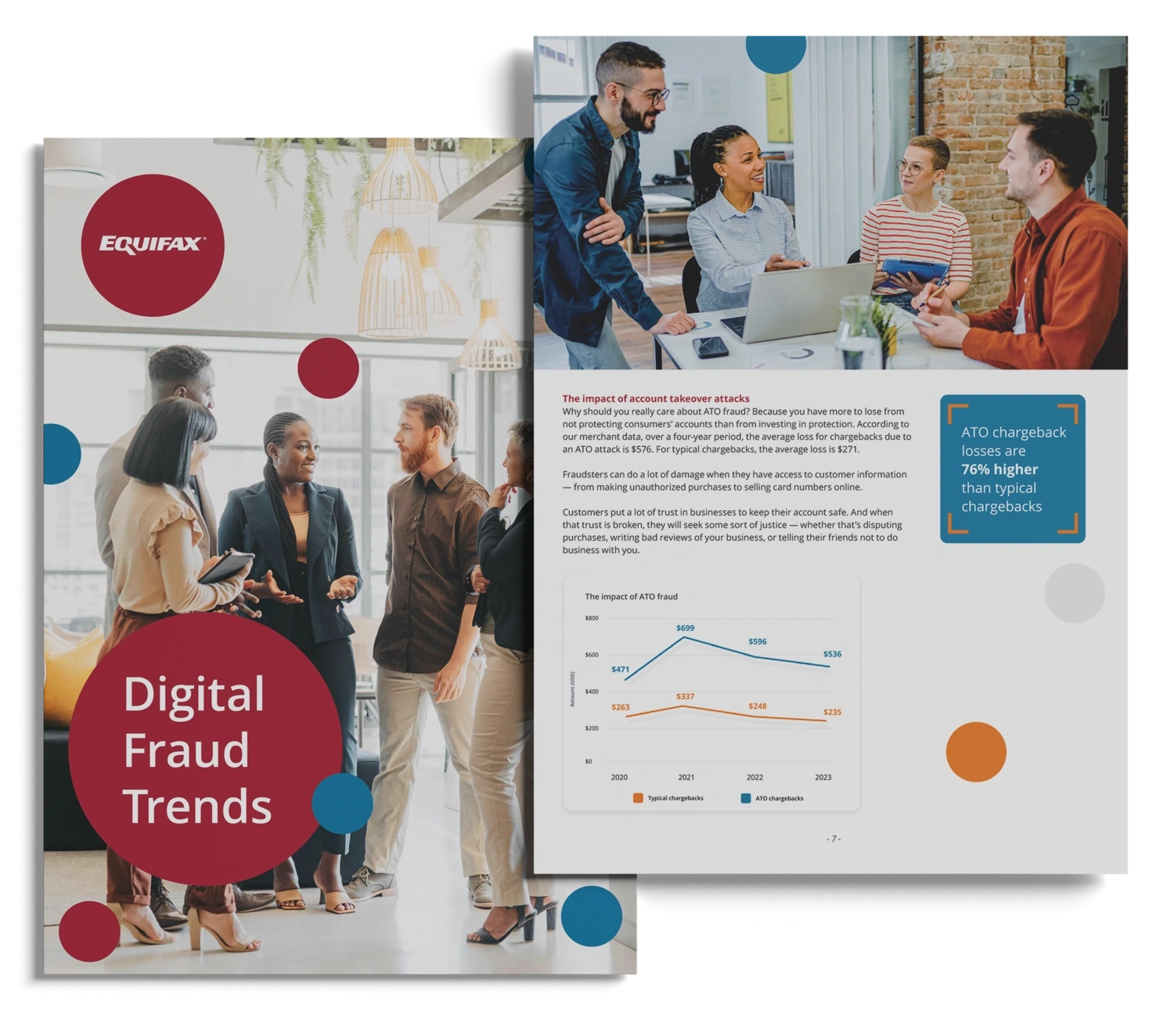close
Talk to an Expert
Schedule a call with an expert to talk about your unique business needs.
Digital Fraud Trends
Your business is up against innumerable threats. And our research analysis only proves that those threats aren’t going away anytime soon. In fact, they’re growing fast — and newer threats are on the horizon.
Download the report to:
- Learn about the trends in fraud over the past four years and future predictions.
- Find out what the most dangerous threats to your business are.
- Use data insights to build a forward-thinking fraud strategy.
